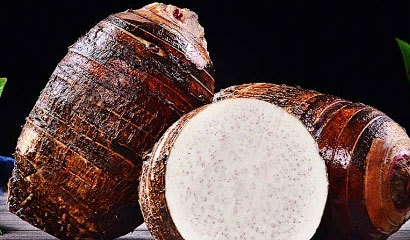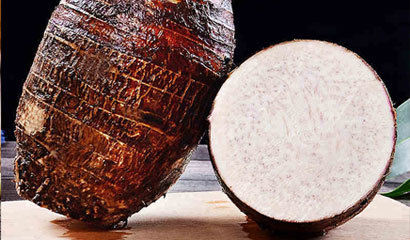
BLOG
Where is the best place to make taro in Lipu? Explore the best taro in Lipu, Guangxi!
Lipu taro, also known as betel taro, is native to tropical swamps such as India, Malaysia and Hainan, China, but in China, Lipu City in Guangxi Zhuang Autonomous Region is the most famous.
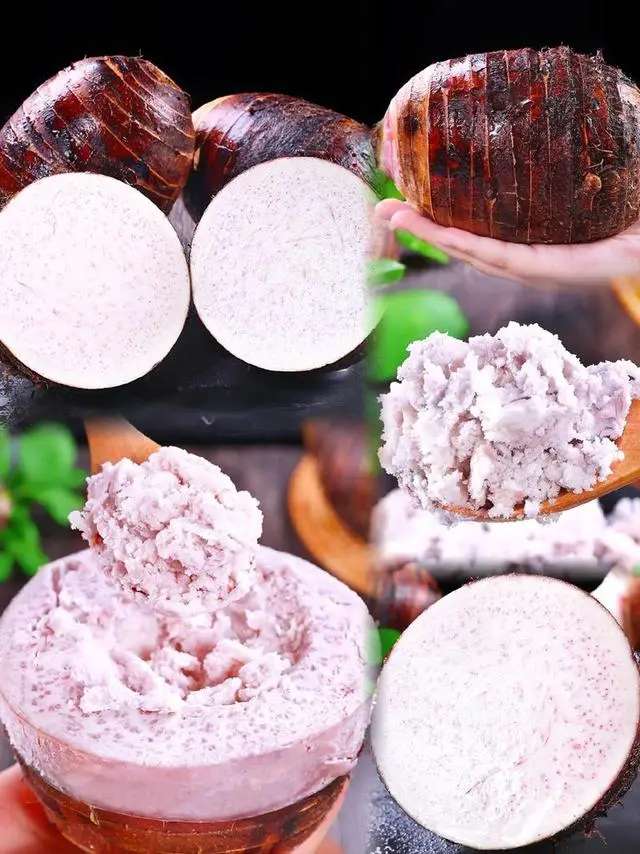
Lipu taro has won the unanimous praise of the majority of diners for its characteristics such as olive shape, rough skin, crisp meat and fragrant taste. According to records, as early as the Ming and Qing dynasties, Lipu taro has become a tribute to the royal family, which shows its excellent quality.
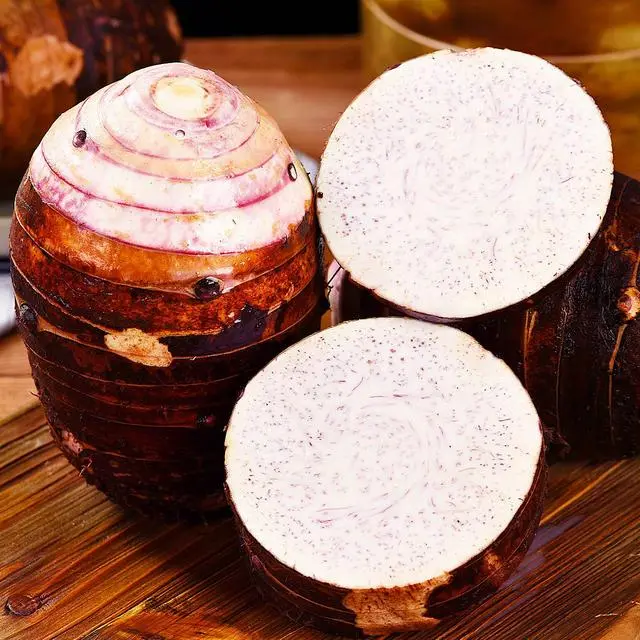
Quality characteristics: shaped like olive, meat crisp and soft
The size of Lipu taro is huge, delicate meat, with a special flavor. Its body shape is oval, like a weaving and spinning spindle, and it weighs a lot. Generally, it weighs more than 2kg, and it also weighs 5 or 6kg. The taro skin is rough and brown, the distance between the upper node and the node is relatively short, the betel nut pattern on the taro meat is obvious, and the fragrance is very strong. It can be seen that the taro meat is covered with small red tendons, similar to the pattern of betel nut, which is called betel nut taro in cultivation. The mother taro is oval and the child taro is 5-8, mainly the mother taro. Generally, the single taro weighs 1000-1500 grams, and the large taro can reach 2500 grams.
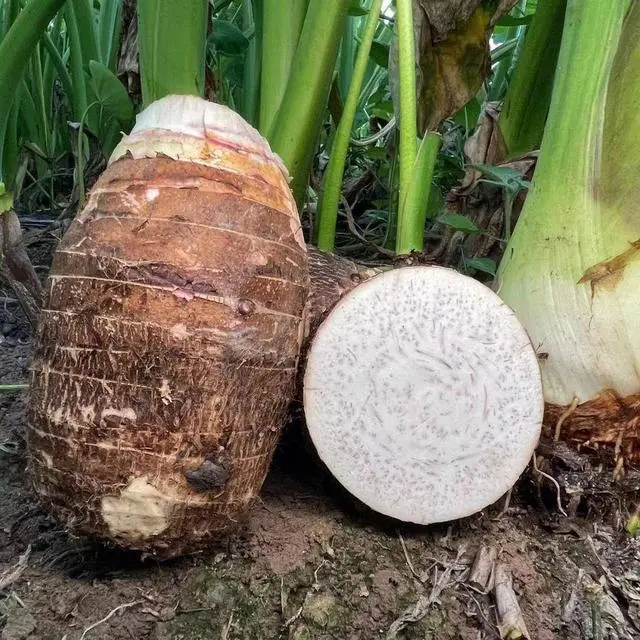
Nutritional value: rich nutrition, nourishing good product
Lipu taro is not only unique in taste, but also rich in nutritional value. It is rich in crude protein, starch, vitamins, high calcium and inorganic salts and other ingredients. These nutrients make Lipu taro have the effect of invigorating qi and kidney, strengthening spleen and stomach, and strengthening the body. Whether it is used as a diet snack or a good food raw material, Lipu taro is the best choice. At the same time, due to its high starch content and special aromatic flavor, Lipu taro can also be processed into taro powder and dozens of kinds of food to meet the needs of different groups of people.
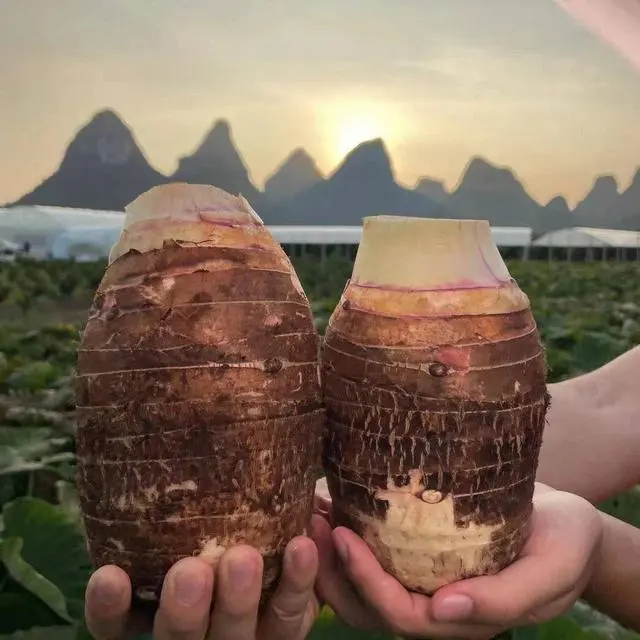
Origin environment: unique natural conditions
Lipu City is located in the northeast of Guangxi Zhuang Autonomous Region and the southwest of Nanling Mountains. It belongs to the humid climate zone in the middle subtropical zone. The mild climate, abundant rainfall and sufficient light provide unique natural conditions for the growth of Lipu taro. Under the special geographical and natural conditions of Lipu City, Lipu taro is affected by the environmental microclimate, and gradually forms a local famous and special product integrating color, fragrance and taste, and its quality is better than that of taro produced in other places.

Historical origin: inheritance of four hundred years of planting skills
Lipu taro has been cultivated in Lipu city for 400 years. According to records, Lipu taro was introduced into Lipu from Zhangzhou, Fujian Province in the 48th year of Kangxi in the Qing Dynasty (1709). After a long period of natural selection and artificial breeding, it has gradually formed today's excellent varieties. In the Qing Dynasty, Lipu taro, as a rare "royal tribute" in Guangxi, paid tribute to the court every year. During the period of the Republic of China, the Lipu Chronicles praised the quality of Lipu taro: "The grain is brown and dense, the powder is loose but not sticky, and it is fragrant. There are transplanting people in other places, which are only like ears and have no grain, and they are called" Nang taro ".

In terms of food culture, Lipu taro also has a place. The most famous pork buckle in Guangdong and Guangxi is "Liyu pork buckle" which is steamed with Lipu taro head and pork buckle ". This dish skin color golden, crisp without dregs, soft, sweet, strong taro flavor, fat but not greasy, loved by diners. The legends about Lipu taro are even more colorful, and the story about Lipu taro in the TV series "Prime Minister Liu Luguo" is even more interesting. These food legends not only enrich the cultural connotation of Lipu taro, but also add a bit of mystery to it.
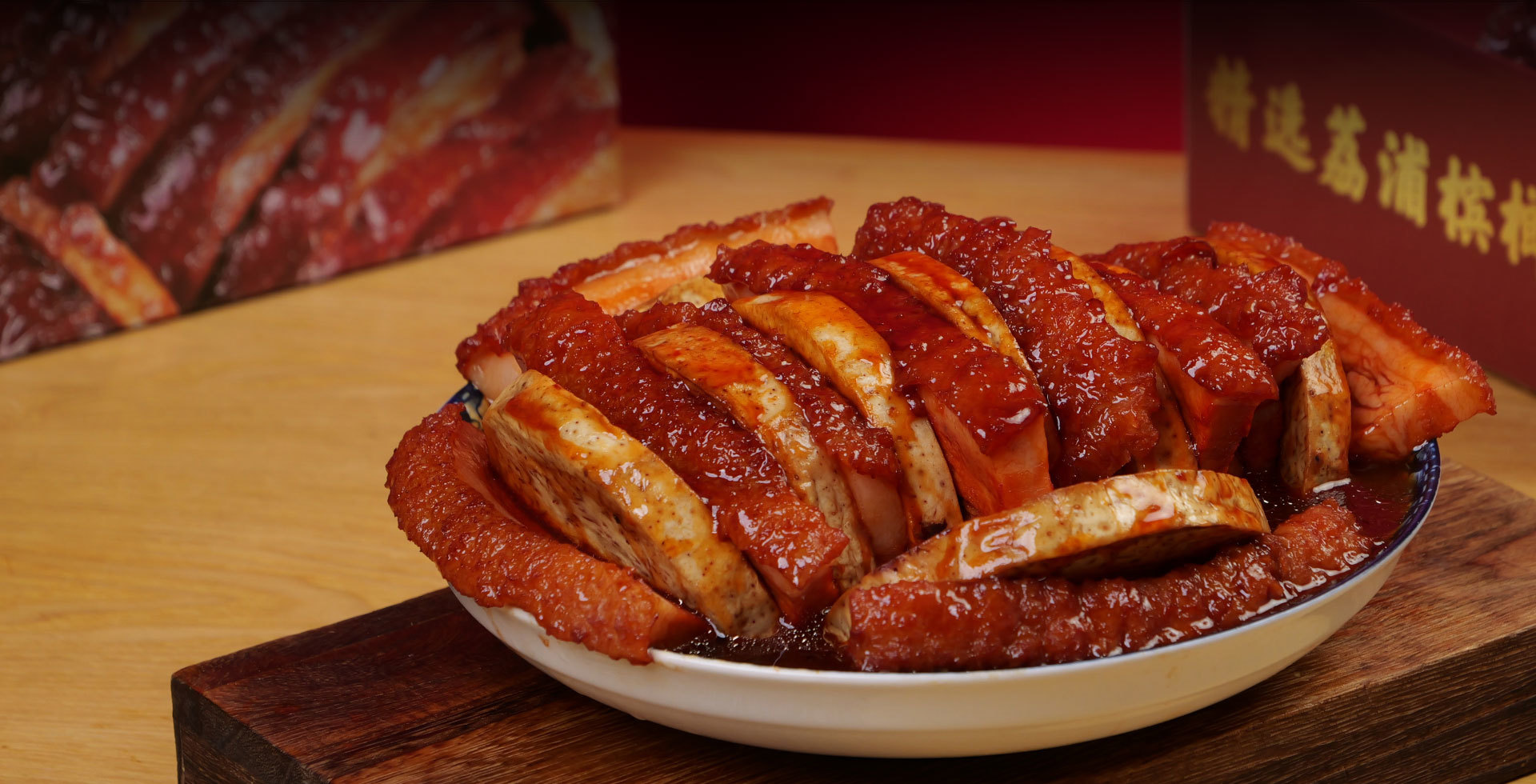
As one of the specialties of Guangxi Zhuang Autonomous Region, Lipu taro has won the favor of the majority of diners with its unique quality and taste. Whether as a food or as a local cuisine, Lipu taro has an irreplaceable position. If you have the opportunity to come to Guangxi, you must taste this delicious Lipu taro. I believe it will bring you an unforgettable food trip!



